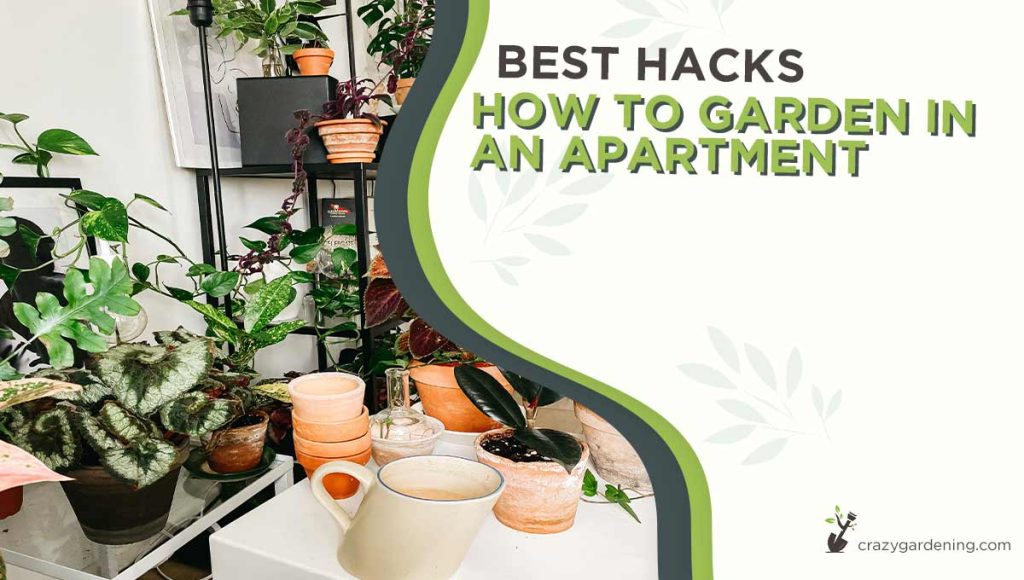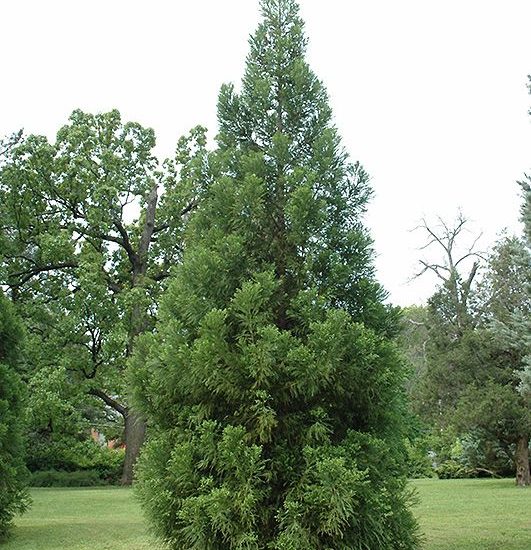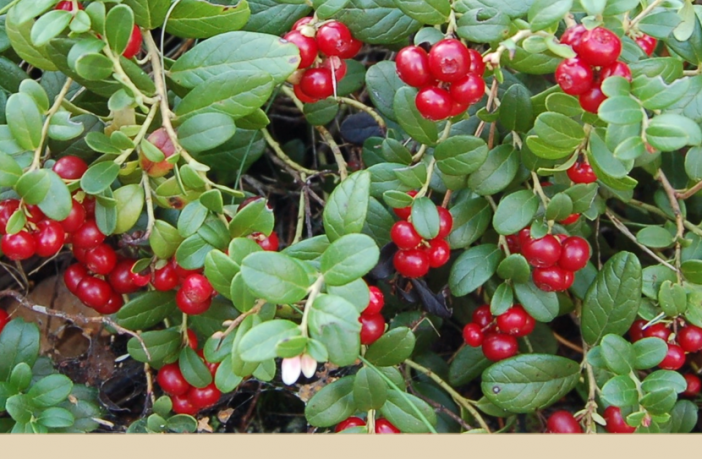Apartment Gardening: How to Garden in an Apartment [2025]
Are you living in an apartment and longing for your garden? Or maybe you have a small patio or balcony that could use some greening up? Don’t despair you can still enjoy all the benefits of gardening, even if you don’t have a lot of space to work with.
Here are some tips on how to garden in an apartment, so you can enjoy the fruits (or vegetables, or flowers) of your labor even if you’re limited on space. You also have to maintain the tools that you used for them like maintenance and care of spade is very important.

Apartment Gardening: How to Garden in an Apartment?
So, start to garden in an apartment with this step-by-step guide:
Step 1: Decide what you want to grow
The first step in starting an apartment garden is deciding what you want to grow. Do you want to grow vegetables, herbs, flowers, or a combination of all three? Once you’ve decided what you want to grow, research what plants are best suited for growing in containers.
And if you want to add some color to your balcony or patio, there are plenty of flowers that can be grown in containers, too.
Step 2: Choose the Right Containers
The next step is to choose suitable containers for your plants. If you’re growing vegetables, herbs, or flowers, you’ll want to make sure you choose containers that are big enough for the plants to grow to their full size. You’ll also want to ensure the containers have drainage holes in the bottom so the plants don’t get waterlogged.
Some good materials for containers include:
* Plastic pots
* Wooden barrels or boxes
* Wicker baskets
* Clay pots
* Metal buckets or bins
Step 3: Add the right potting mix
Once you’ve chosen your containers, it’s time to add the potting mix. This is a special type of soil that is designed for plants that are growing in containers. It drains well and doesn’t compact as much as regular garden soil, which is important for the health of your plants. You can find the potting mixes at most garden centers or nurseries.
Step 4: Plant your seeds or seedlings
Now it’s time to plant your seeds or seedlings. If you’re starting with seeds, you’ll need to plant them in small pots or trays first and then transplant them into their larger containers when they’ve grown a bit. If you’re starting with seedlings, you can plant them directly into their larger containers.
Step 5: Water and fertilize your plants
Once your plants are in their containers, you’ll need to water them regularly and fertilize them every few weeks. Container plants dry out more quickly than plants growing in the ground, so you’ll need to keep an eye on the soil and water it when it feels dry to the touch.
Why Grow a Garden in an Apartment?
There are many benefits to growing a garden in an apartment.
Health benefits
Growing a garden in an apartment helps purify the air. Some plants like peace lilies and more refresh your apartment air and keep you healthy from bad diseases.
Urban food movement
This strategy urges people to grow gardens on their own and grow pure vegetables, plants, and herbs safely. This will also help you to avoid any type of food waste and be more environmentally friendly.
Aesthetics benefits
Your apartment will look good with some plants, and it will make your balcony or patio look lovely. This will also increase the value of your house. It has been proven that people living in houses with gardens are healthier and happier than other people.
Re-connection with nature
When you live in an urban area, it is easy to feel disconnected from nature. Gardening is a great way to reconnect with the natural world, even if you’re limited in space.
What are the Disadvantages of Growing a Garden in an Apartment?
There are a few disadvantages to growing a garden in an apartment.
Pests and diseases
One of the main disadvantages of growing a garden in an apartment is that it can attract pests and diseases. If you’re growing vegetables, herbs, or fruits, then you’re at risk of attracting fruit flies, aphids, and other pests. These pests can quickly destroy your plants.
Difficult to control the environment
Another disadvantage of growing a garden in an apartment is that it can be difficult to control the environment. If you’re growing plants that need a lot of sunlight, then it can be difficult to find a place in your apartment that gets enough light. Similarly, if you’re growing plants that need a lot of humidity, then it can be difficult to create the right environment in your apartment.
Time-consuming
Another disadvantage of growing a garden in an apartment is that it can be time-consuming. Watering, fertilizing, and pruning your plants can take up a lot of time, especially if you have a large garden.
Expensive
Another disadvantage of growing a garden in an apartment is that it can be expensive. If you’re buying potting mix, fertilizer, and other supplies, then the cost can quickly add up. Additionally, if you’re hiring someone to help you with your garden, then the cost can be even higher.
What Types of Plants Can You Grow in an Apartment?
There are several different types of plants that you can grow in an apartment.
**Vegetables:** You can grow many different vegetables in an apartment, including tomatoes, peppers, eggplants, and beans.
**Herbs:** Some different herbs can be grown in an apartment, including basil, thyme, rosemary, and oregano.
**Fruits:** You can also grow several different fruits in an apartment, including strawberries, blueberries, raspberries, and blackberries.
**Flowers:** You can add some color to your apartment with a few flowers, including roses, daisies, and tulips.
Conclusion
Can you grow a garden in an apartment? Yes, you can! While there are a few disadvantages to growing a garden in an apartment, there are also some benefits. If you’re interested in reconnecting with nature, purifying the air, or saving money on groceries, then growing a garden in an apartment may be right for you.
After that, you have a question about how to garden in an apartment. This can be easily done by using a step-by-step guide.
Before you get started, research what types of plants will do well in your apartment and make sure you have the time to care for them. You also have an idea what the difference between topsoil and garden soil and which is better. With a little bit of effort, you can have a beautiful and thriving garden in your apartment.
FAQs
Question
How can I grow more plants in my apartment?
Answer
The best place to put your plants in an apartment is near a window where they will get ample sunlight. If you cannot put your plants near a window, then you can use an indoor grow light to provide them with the sunlight they need.
Question
Where do I put my plants in my apartment?
Answer
You can grow an herb garden in your apartment by using the above guide. first, decide what you want to grow and then plant it and care for it regularly.
Question
” How do I build an herb garden in my apartment?”
Answer
There are many vegetables that are easy to grow in an apartment, provided you have access to adequate sunlight and can provide the necessary care. Some good options include herbs such as basil, cilantro, and parsley, as well as salad greens like lettuce, arugula, and spinach.
Question
What vegetables are easy to grow in an apartment?
Answer
Herbs, lettuce, cherry tomatoes, peppers, and small root vegetables are all relatively easy to grow in an apartment setting. It is also possible to grow small fruit trees or berries in containers on a balcony or patio.
Question
What is easy to grow in an apartment?
Answer
>- Flat gardening is a method of growing plants in flat containers or trays, rather than in individual pots or in the ground. This method can be useful for small space gardens, as it allows you to grow a larger number of plants in a smaller area. It is also a good option for those who have limited mobility, as the containers can be placed at a convenient height for planting and tending to the plants.
Question
What is flat gardening?
Answer
Radishes, lettuce, arugula, and mustard greens are all vegetables that can be grown in as little as 2 weeks. These vegetables are fast-growing and can be harvested when they are young, making them suitable for a quick harvest. Other vegetables that have a relatively short growing season and can be harvested within 2 weeks include beet greens, turnip greens, and pea shoots.
Question
What vegetables can grow in 2 weeks?
Answer
It is difficult to say exactly what the cheapest thing to grow is, as the cost of growing different plants can vary based on a number of factors, including the cost of seeds or seedlings, the cost of soil and other materials, and the time and effort required to care for the plants. That being said, some vegetables and herbs that are relatively inexpensive to grow include lettuce, radishes, peas, beans, and herbs like cilantro and parsley.


